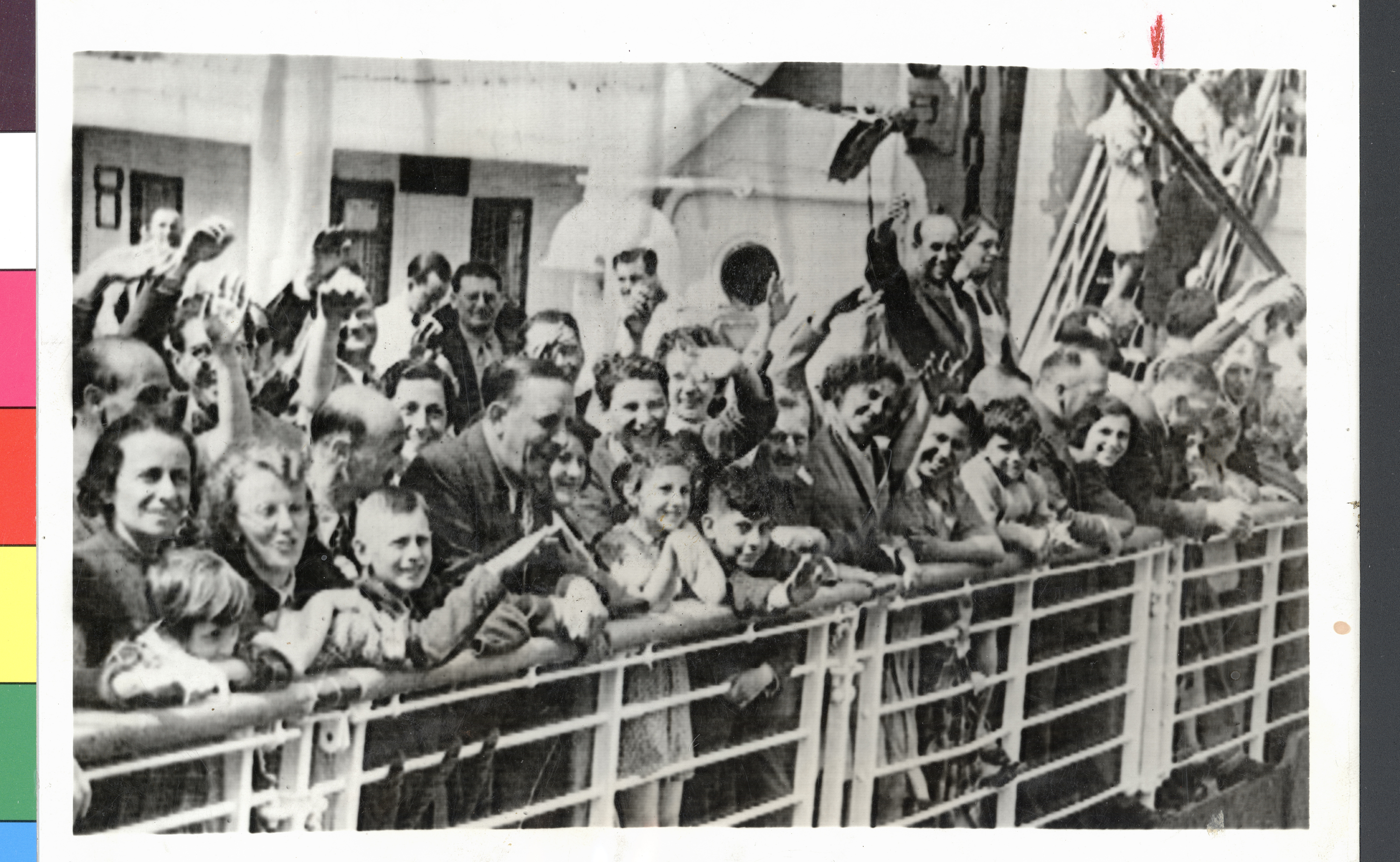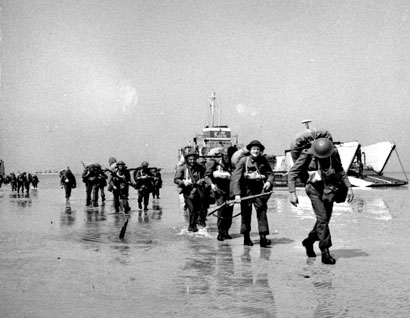Article
None Is Too Many
Written by Irving Abella and Harold Troper, None Is Too Many: Canada and the Jews of Europe 1933–1948 (published in 1982), documented antisemitism in the Canadian government’s immigration policies as they applied to European Jews fleeing persecution from Nazi Germany. The phrase “none is too many” entered the Canadian political lexicon largely because of this book. Even before its publication, the book played a crucial role in changing the Canadian government’s policies toward refugees, such that the government of Joe Clark welcomed Vietnamese refugees then referred to as the “Boat People.”









